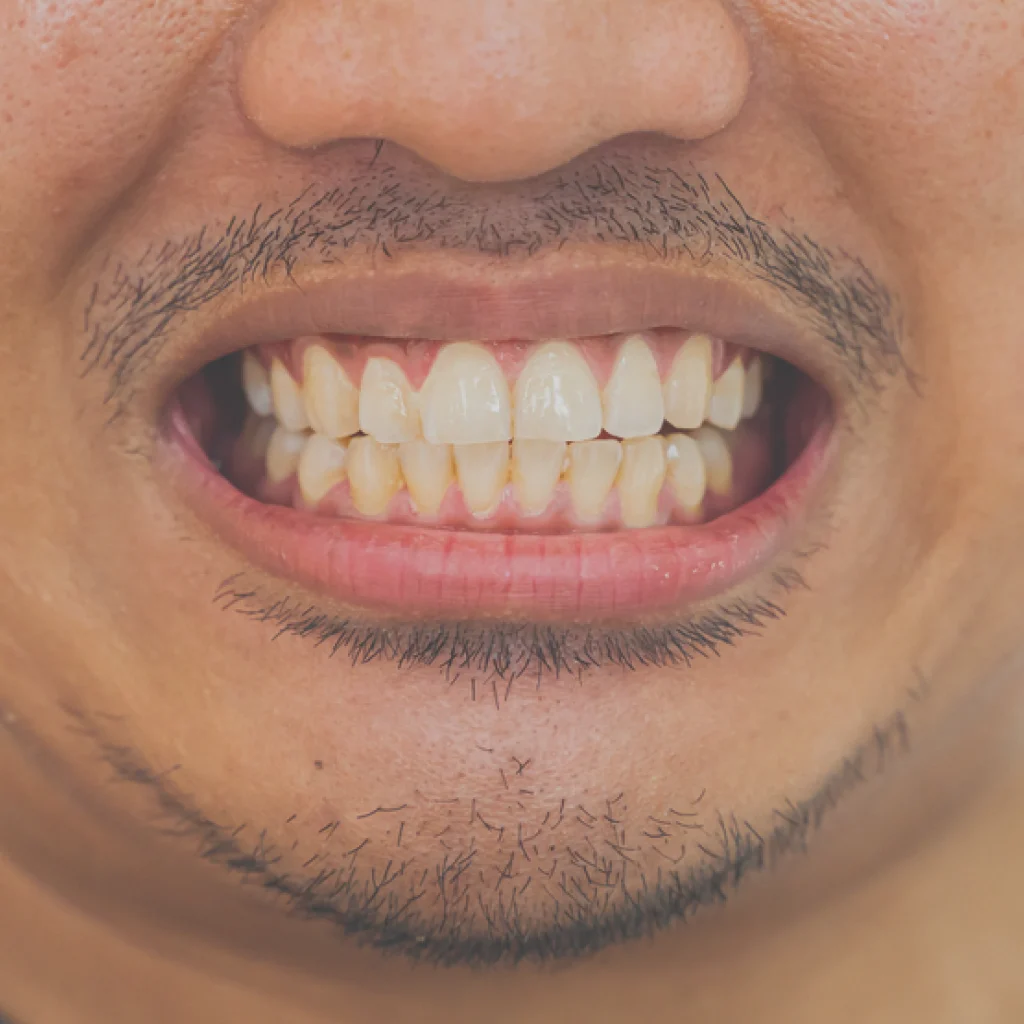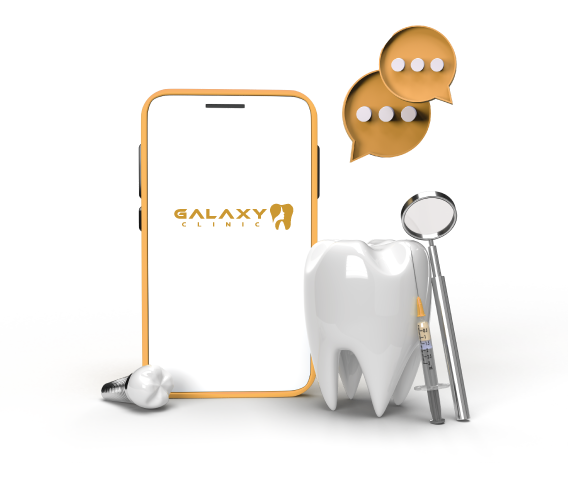What do we mean by teeth discoloration?
We can define tooth discoloration as staining or darkening of tooth, there are multiple reasons that cause tooth discoloration, some are unavoidable others are preventable.
What are types of tooth discoloration?
Two main types of tooth discoloration are identified:
- Extrinsic discoloration:
In this type the outer surface of teeth is affected, mainly due to certain environmental factors like some foods and beverages, like tea and coffee
- Intrinsic discoloration:
Where discoloration starts inside of tooth it is caused by dental trauma or certain medication.
What are the popular reasons for discolored teeth?
A lot of causes can result in discolored teeth, they are classified into avoidable and non-avoidable.
Avoidable causes include:
- Foods and beverages:
Which are dark and stain like coffee, tea, berries and soy sauce which can result in darkening of teeth.
- Smoking:
Tooth discoloration is found to be increased among smokers when compared to people who do not smoke.
- Neglected oral hygiene:
Stain substances may cling to the plaques on teeth, not removing these plaques with brushing and flossing may increase staining.
- Excessive fluoride:
In the required quantities, fluoride is an excellent protector, but people who had high levels of fluoride in childhood can develop fluorosis which is a condition causes white spots on teeth.
Unavoidable causes like:
- Genetics:
The natural color of teeth is different from one individual to another.
- Trauma:
Some types of trauma like car crashes or sport injuries or other, can result in teeth discoloration.
- Age:
Teeth can be discolored as the age increases.
- Dental Treatment:
Materials like silver can make teeth appear darker.
- Systemic Diseases:
Certain pathologies are associated with teeth discoloration like liver disease, celiac disease and some eating disorders.
- Medications:
Some medications can cause teeth discoloration, for example tetracycline which is an antibiotic can result in abnormal changes in teeth color if used in childhood.
- Cancer Treatment:
Radiation therapy or chemo therapy can result in teeth discoloration if used near head and neck.
What does different color indicate?
Some colors are used as indicative to expect the underlying cause of discoloration, for example:
- Yellow:
Highly associated with drinking and eating foods that have dark beverages, sometimes it indicates bad oral hygiene.
- Brown:
Smoking was found to be associated with brown teeth discoloration, if associate with small holes it is a sign for untreated decay.
- Gray: Nerve damage inside teeth can be presented as gray teeth.
- White:
- Dental fluorosis can result in white teeth.
- Black:
- Severe decay is presented as black spots on teeth.

How to prevent teeth discoloration?
Some of the causes cannot be prevented like genetics and aging but to reduce the risk of everyday surface discoloration some tips would be beneficial like:
- Tooth brushing two to three times daily
- Flossing daily
- Limiting drinks and foods that might stain teeth like tea and coffee and rinsing mouth after using these substances
- Increase the intake of water
- Smoking cessation
- Routine dentist cleanings and check ups
References:
https://my.clevelandclinic.org/health/diseases/10958-tooth-discoloration
https://www.ada.org/resources/research/science-and-research-institute/oral-health-topics/whitening


